One thing we all want from life is some quality silence. Technology is advanced enough to gift us with noise cancellation gadgets, but how do we know which one works best for us?
Today we compare noise cancelling headphones and noise cancelling earbuds to determine which one is more appropriate for you.
Noise cancelling headphones
These are increasingly popular in the market. With all the trouble of choice between highly competitive pairs, there are 2 main types of noise cancelling headphones that people usually consider – over-ear and on-ear.
Both of these type of headphones have closed earcups. If you don’t enable ANC, the only noise cancellation you have is passive all thanks to padding. Passive noise cancelling headphones only cancel sound up to 15-20 decibels.
Tip: If you need passive noise cancellation, look for circumaural headphones since they have high quality foam padding from noise absorbing materials. Keep in mind that these are heavier than usual headphones.
Pros
When it comes to active noise cancelling headphones, they cancel additional 20 decibels of background noise. Other pros include:
- Low Music Volume
Thanks to noise cancellation, it’s easier to focus on music you’re listening to. You don’t need to turn up the volume to be able to listen to your favorite instruments one by one – the sound quality is enough to provide that. Some headphones are specifically bass heavy while others have balanced mid and high levels. Either way, whatever you choose will not result in damaged hearing because noise cancelling headphones are safe for your health.
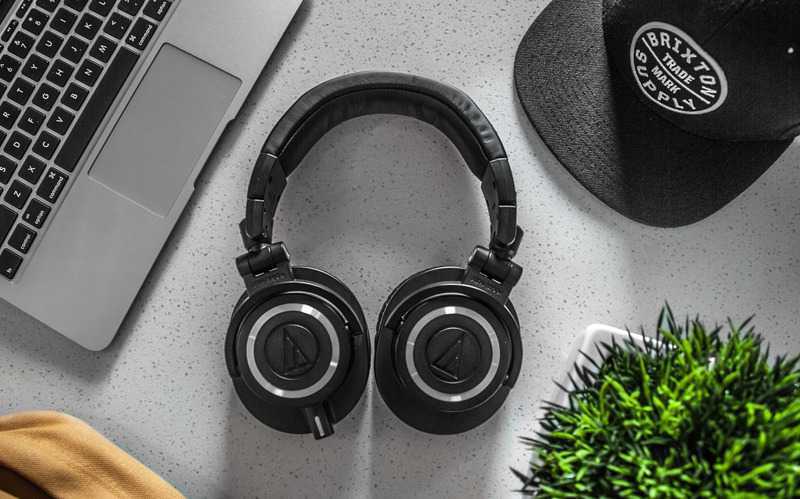
- Focus
Concentrating on tasks with noise cancelling headphones excludes all the unnecessary background noise. Being exposed to a noisy environment for a lengthy amount of time is bad for health – especially when that environment is your office. Noise cancelling headphones perfectly do the deed and remove low to mid frequency noises enabling you to focus easier.
Tip: If you happen to take conference calls in noisy environments, noise cancelling headphones alone won’t be enough to block out the noise. Get noise cancellation software called Krisp which will remove all the background noise both from your and other speaking party’s side. It recently hit a record on Appsumo Deals as well. 🙂
- Noise cancellation quality
ANC headphones can cancel low and mid frequency sounds, while the foam padding helps cancel out some of the high frequencies. If you invest in expensive ANC headphones you will notice a great deal of noise cancellation, while at the same time a possibility to hear nearby conversations and voice announcements.
Cons
No gadget is perfect, and you can find flaws in anything:
- Long wear and portability
All the extra padding and circumaural noise isolation result in bulkiness of headphones. It will be difficult to wear them for a long time, especially if they don’t seal tight around your head. Although ANC headphones are foldable and durable, it can sometimes be a struggle to carry around or just jam them into your backpack.
Tip: Try to pick headphones that have more padding around the headband. Often times sacrificing exceptional design for comfort is not a bad idea.
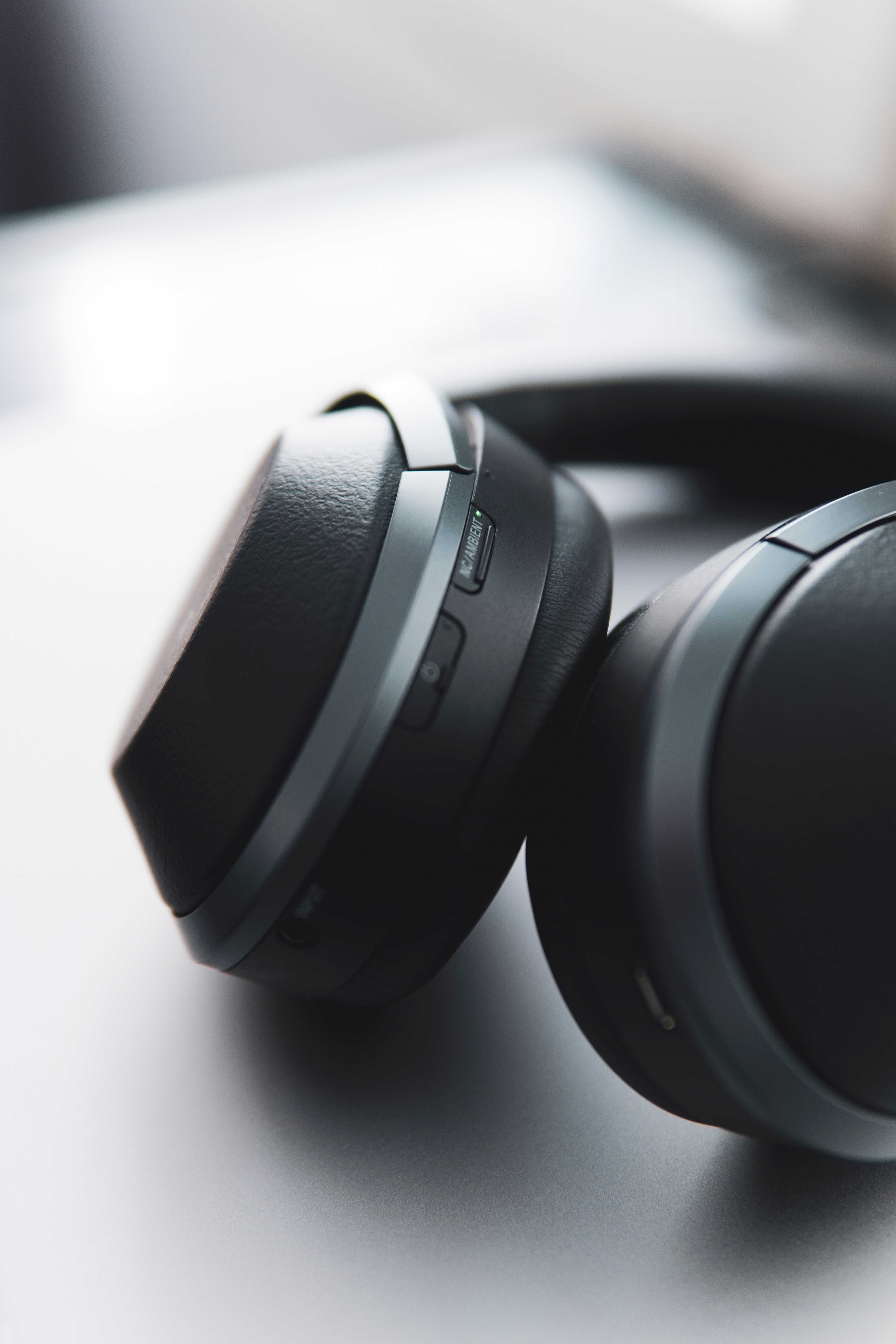
- High power usage
Active noise cancellation shortens battery life. Best noise cancelling headphones stretch up to 30 hours of battery life with active noise cancellation turned on the entire time. Using ANC with plugged in headphones can be uncomfortable, let alone the issue that some headphones don’t enable ANC when plugged in at all.
- Cost
Think of it – you can’t ask for exceptional design, high sound quality and thorough active noise cancellation all in one without investing in it. ANC headphones can be expensive but that’s not a very significant drawback – you can always opt for budget noise cancelling headphone options with mediocre ANC and sound quality until you’re ready to invest in more.
Tip: Even expensive ANC headphones excel in a specific feature the best. Before you get a pair for yourself, think of what’s the most important feature in noise cancelling headphones for you. Some prominently high quality headphones include the Sony WH-1000XM3, Bose QuietComfort 35 II and Bowers & Wilkins PX.
Noise Cancelling Earbuds
Noise cancelling earbuds are the 3rd type of noise cancelling headphones which are otherwise referred to as in-ear. These go into your ear canal and partially provide noise isolation to keep out external sounds. However, they don’t isolate high frequency sounds as easy as opposed to headphones or earmuffs.
Nevertheless, they excel in other things:
Pros
- Portability
Earbuds are lightweight, small in size and come with small, medium and large plugs to fit in your ear canal just fine. You can take them anywhere with you regardless of them being wireless or not. There’s no issue with headaches after long time wear. The only 2 things you will encounter are occasional tangling of your earbud wires and earbud fallout if you don’t put the right plugs for your ear canals.
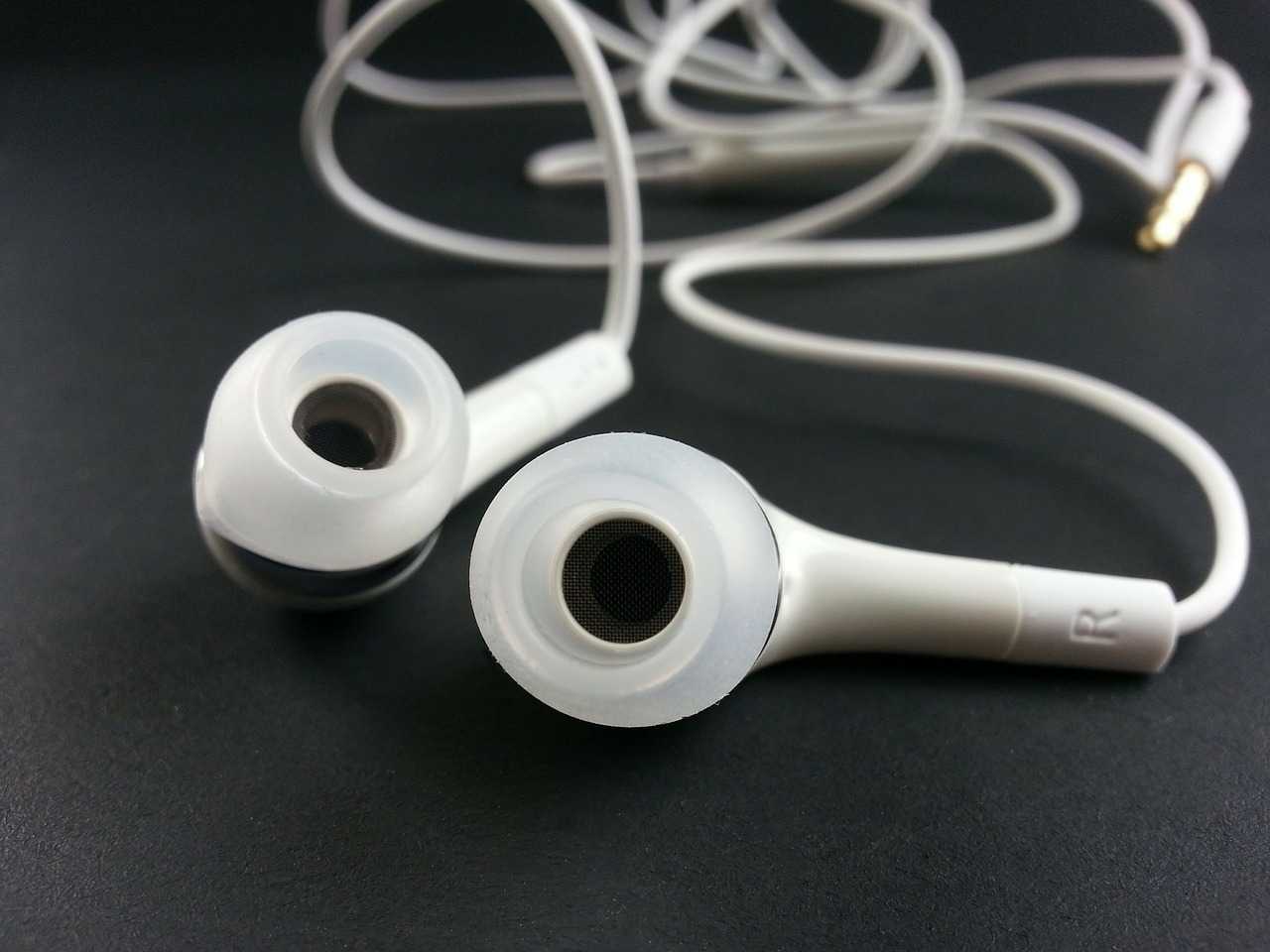
- Affordability
Noise cancelling earbuds are way more affordable than noise cancelling headphones, however they still don’t provide noise cancellation of equal quality and have shorter battery life. On the other hand, you get at least the minimum amount of what you ask for with a cheaper price.
[demo]
Tip: If you want to invest in better quality noise cancelling earbuds check out Plantronics BackBeat Go 410 and Bose QuietComfort 30. These provide way better noise cancellation and sound quality for a higher price.
Cons
- Sound quality
Noise cancelling earbuds don’t have exceptional sound quality – some have boosted bass that’s still not audible enough while others don’t do great with clearing out mid and high levels. If you want to listen to every instrument in your favorite song, you will have to crank up the volume to the max which in its turn results in our next con.
- Hearing loss
Listening to high volume music in your earbuds can cause hearing loss especially when all the sound goes directly into your ear canal. Even noise cancellation and noise isolation won’t help preserve your hearing from long term loud music exposure to your eardrums. If you do decide to opt for noise cancelling earbuds then keep in mind to take short breaks and no matter what, don’t turn up the volume to the max.
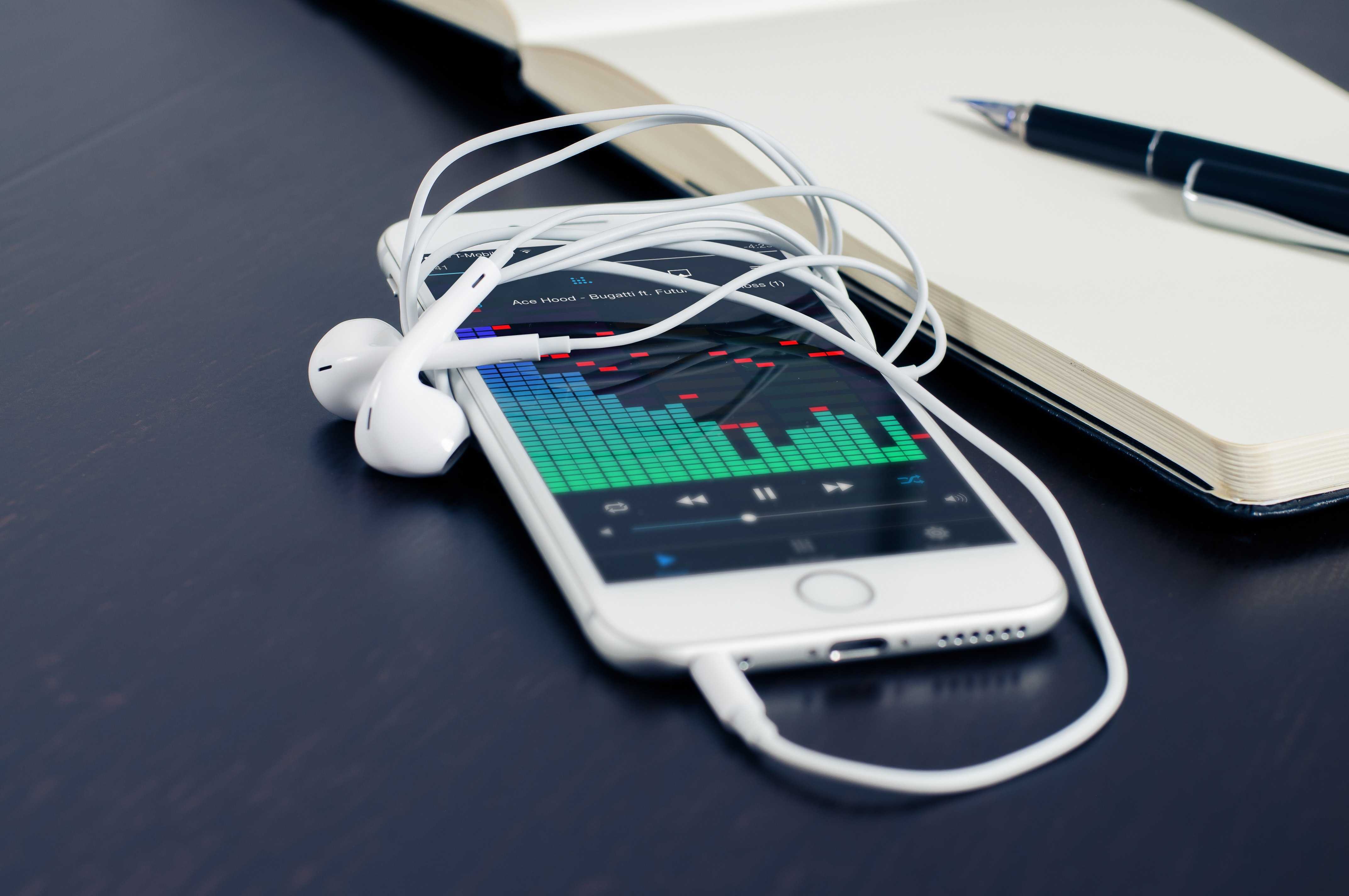
- Vulnerability
Even though noise cancelling earbuds are lightweight and portable, they’re not durable in every sense. You can easily break them if you jam them into your bag. It’s always better to be cautious and keep them in a separate case as often as you can. It will also help avoid any tangling.
Conclusion
The most important part is to understand what’s the main purpose of using noise cancelling headphones or earbuds since both are more advantageous in very specific circumstances:
- If you are looking for great sound quality and noise cancellation and are exposed to a noisy environment for a lengthy period of time – choose noise cancelling headphones.
- If you don’t prioritize sound quality and noise cancellation and are constantly on the go – choose noise cancelling earbuds. It’s definitely easier to work out with tiny earbuds rather than bulky headphones.
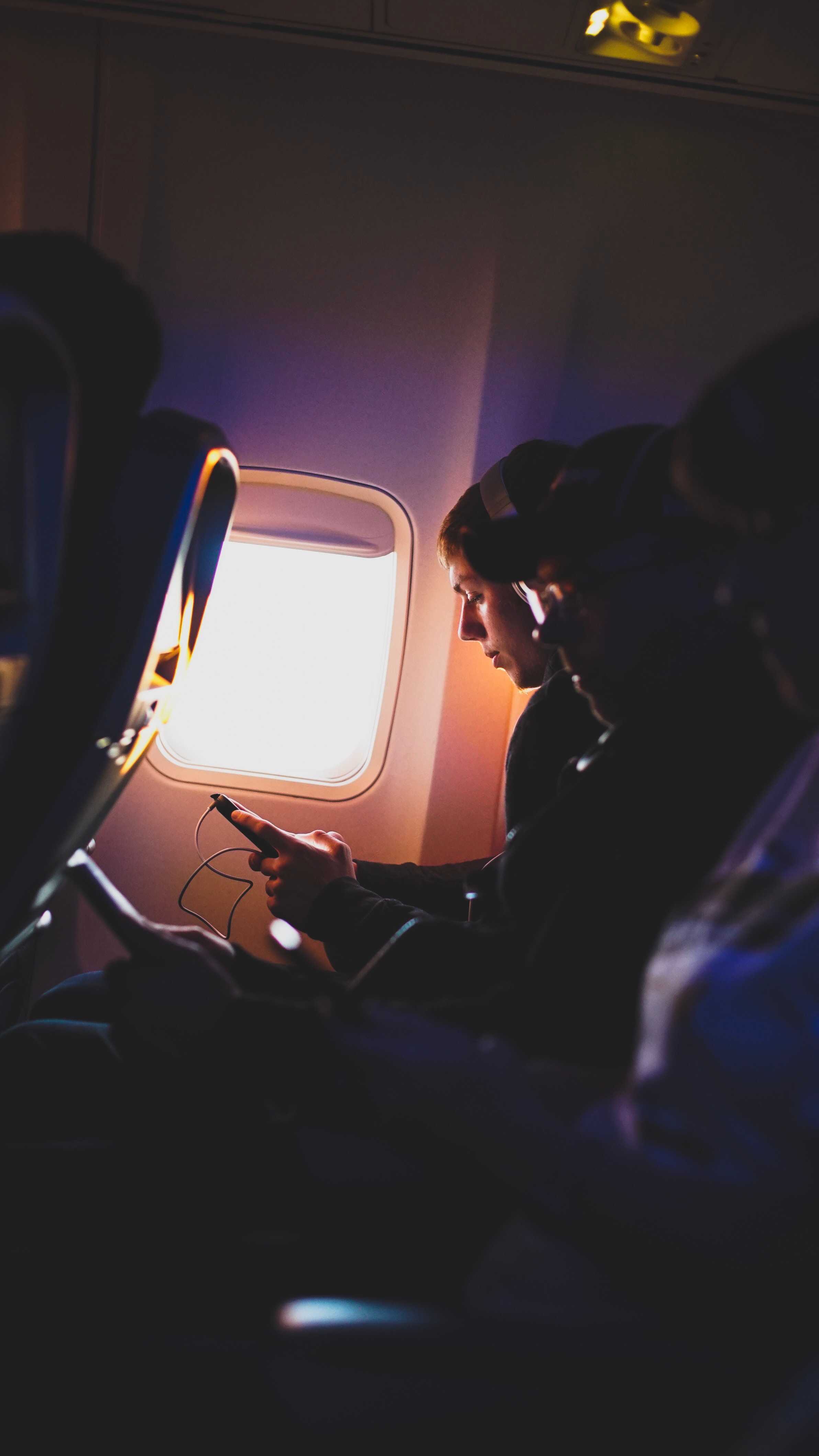
Tip: In case of frequent traveling it’s better to opt for noise cancelling headphones to remove most of airplane engine roars, train track noises and traffic.
Good luck choosing your next noise cancelling gadget and make sure you preserve your hearing! 🙂


